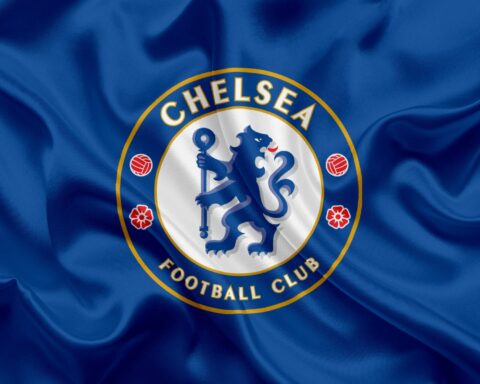The National Basketball Association (NBA) boasts a rich and dynamic history that has transformed it from a fledgling sports league into a global phenomenon. Its origins can be traced back to 1946, when it was founded as the Basketball Association of America (BAA). The league aimed to attract sports fans during the offseason of major ice hockey arenas in the United States and Canada. However, the BAA faced stiff competition from the National Basketball League (NBL), which had been established in 1937. The two leagues battled for talent and market share until they merged in 1949, forming the NBA we know today. This merger brought together top players and franchises, setting the stage for professional basketball to flourish.

The 1950s marked the beginning of the NBA‘s ascent, characterized by the dominance of the Minneapolis Lakers, led by the legendary George Mikan. As the league’s first superstar, Mikan transformed the game with his height and skills, leading the Lakers to five championships in the decade. The era also witnessed the league’s integration, highlighted by Earl Lloyd becoming the first African American player to debut in 1950. This integration paved the way for a more diverse and competitive league.
The 1960s belonged to the Boston Celtics, who, under the leadership of coach Red Auerbach and center Bill Russell, won an astounding 11 championships in 13 years. Russell’s defensive prowess and leadership redefined the center position, making the Celtics an unstoppable force. At the same time, Wilt Chamberlain emerged as another basketball giant, setting numerous scoring records, including the legendary 100-point game in 1962. The fierce rivalry between the Celtics and the Lakers began to take shape during this decade, laying the foundation for one of the most storied rivalries in sports history.

The 1970s brought both challenges and innovations to the league. The NBA faced competition from the upstart American Basketball Association (ABA), which introduced exciting new elements to the game, including the three-point shot. Despite these challenges, the NBA absorbed the ABA in 1976, adding new franchises such as the San Antonio Spurs and Denver Nuggets. During this period, Kareem Abdul-Jabbar emerged as one of the most dominant players, winning multiple MVP awards and solidifying his legacy in the league.
The 1980s marked the beginning of the NBA’s modern era, driven by the electrifying rivalry between Magic Johnson of the Los Angeles Lakers and Larry Bird of the Boston Celtics. Their fierce competition revitalized the league, drawing in new fans and leading to an increase in television ratings. The Lakers and Celtics combined for eight championships in the decade, showcasing the pinnacle of basketball talent. Under Commissioner David Stern, the NBA expanded its media presence, making basketball a staple in American sports culture.

The 1990s were defined by Michael Jordan’s extraordinary impact on the game. Jordan led the Chicago Bulls to six championships, dominating the league with his unmatched skill and competitiveness. His charisma and talent turned him into a global icon, and his performance on the court captivated fans around the world. The decade also featured the formation of the “Dream Team,” which showcased NBA talent at the 1992 Barcelona Olympics and further popularized the league internationally.
Entering the 2000s, the NBA witnessed the rise of the Los Angeles Lakers, with Kobe Bryant and Shaquille O’Neal forming a dominant duo that led the team to three consecutive championships from 2000 to 2002. Following Shaq’s departure, Kobe went on to win two more titles in 2009 and 2010, solidifying his status as one of the game’s greats. At the same time, a new generational talent, LeBron James, began to make his mark, setting the stage for a new era in basketball.
The 2010s were characterized by the Golden State Warriors’ revolutionary style of play, emphasizing three-point shooting and fast-paced offense. Led by Stephen Curry, the Warriors captured three championships during the decade (2015, 2017, and 2018), showcasing a new approach to the game that changed how basketball is played. LeBron James continued to solidify his legacy, winning titles with the Miami Heat and returning to Cleveland to deliver a championship in 2016, overcoming a 3-1 deficit against the Warriors in the Finals.
As the 2020s began, the NBA faced unprecedented challenges due to the COVID-19 pandemic, which forced the league to create a “bubble” environment for the 2020 playoffs. The Los Angeles Lakers emerged victorious, capturing their 17th championship and tying the Celtics for the most in league history. This decade has seen the rise of new stars such as Giannis Antetokounmpo and Nikola Jokić, who continue to promote the NBA’s global influence and maintain its competitive balance.
In conclusion, the NBA has evolved from its humble beginnings in 1946 into a cultural and sporting juggernaut that has influenced fashion, music, and social movements. The league’s focus on innovation, diversity, and entertainment ensures that its future remains bright. With emerging talent and a commitment to global expansion, the NBA continues to thrill fans worldwide and looks poised to write many more exciting chapters in its storied history.








